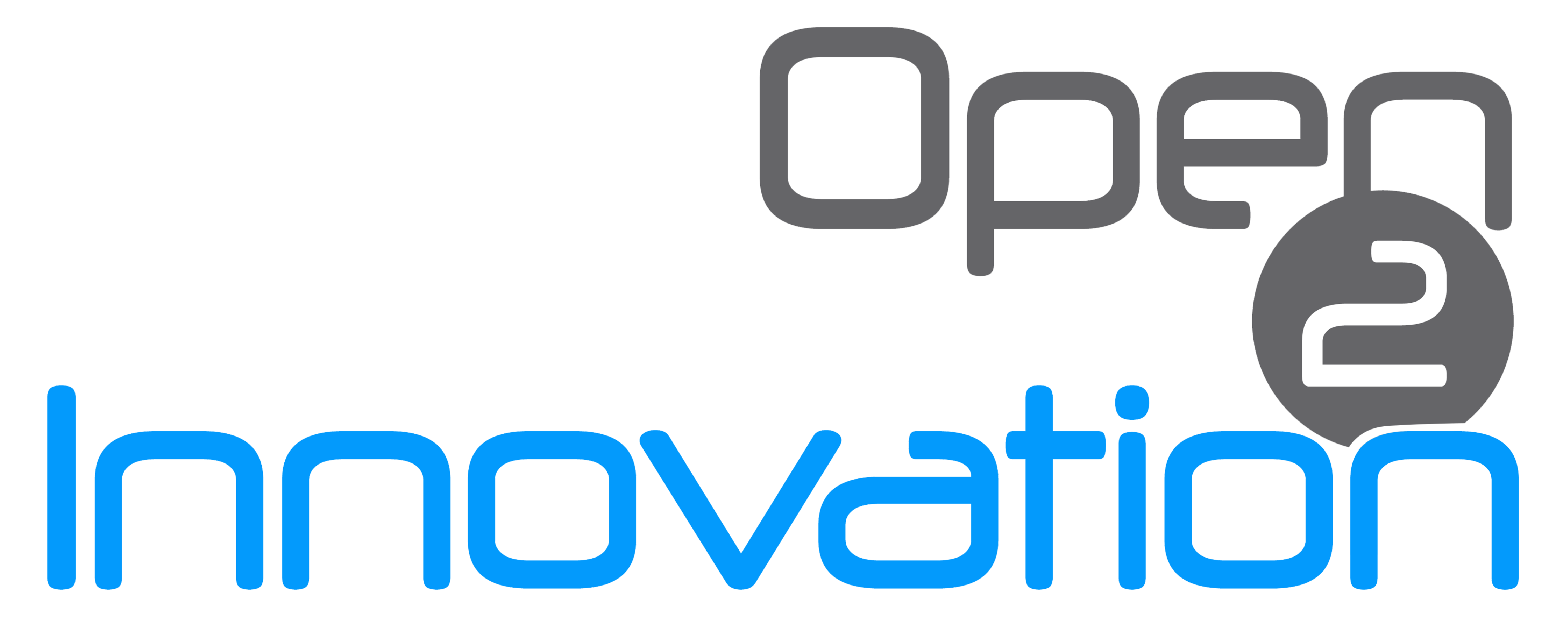Modern companies face a tough competitive environment. Trends such as Artificial Intelligence, Industry 4.0 or digital personalized customer centric services require enterprises to innovate continuously to remain relevant. However, instead of generating new ideas and stiving for new markets, many corporations are focussing on their current fields of activity, optimizing processes and revenue streams in areas of proven success. This may be short-lived.
In today’s dynamic business environment, the rationale for strategic partnerships with big or small companies is clear. 88% of Fortune 500 companies in 1955 are no longer present in 2015. Average company lifespan on Standard and Poor’s 500 Index is decreasing from 55 years in 1960s to 19 years in 2015. Traditional internal R&D efforts struggle to keep pace with the rapid innovation occurring globally. This shift underscores the critical need for established corporations to collaborate with startups. These collaborations offer a strategic advantage, providing a pathway for corporations to stay competitive and innovative in the digital marketplace.
Reason 1 – Gain relevance through innovation
- Adapting to Changing Customer Needs: As customer preferences and needs swiftly evolve, corporations must be able to quickly adjust their products and business models to stay relevant.
- Exploring Future-Oriented Business Areas: To ensure long-term success, identifying and leveraging emerging trends and market opportunities is vital.
- Increasing Organizational Agility and Speed: The ability to respond swiftly to market shifts and customer demands hinges on streamlined operations.
Reason 2. – The Dual Paths: Productivity and Product Innovation
- Enhancing Productivity and Efficiency: Startups can introduce innovative solutions that streamline operations, improving production processes and digital workflows, in a corporate.
- Fostering Product Innovation and Growth: Partnering with startups enable corporations to add new product features and business models, boosting competitiveness and opening-up new market opportunities.
Reason 3. – Opening Access to Top Talent and Venture Capitalized Innovation
- Delivering Speed and Expertise: With their ability to quickly prototype and focus on niche markets, startups offer tailored solutions that drive impactful results.
- Tapping into Venture Capital: The startup ecosystem, fuelled by substantial venture capital, provides you access to a wealth of external resources, technology, and talent. In 2022, industrial startups invested 154 billion euros, dwarfing the typical R&D budget of a leading corporation. By partnering with startups, established companies can harness this venture capital to accelerate innovation within their organization.
- Driving Mission-Driven Innovation: Startups often focus on societal goals, tackling challenges in digitalization, sustainability, and more, thus supporting corporation’s objectives in these critical areas.
Collaborative innovation is defined as bringing a range of people together. They share diverse ideas, knowledge, skills, experience, and resources to innovate and solve problems. To be innovative you need your internal and external stakeholders to be on the same page. As well as knowing how to deal with them to benefit from innovative ideas and value co-creation.
Internal Stakeholder Collaboration
It is important to recognise the value of internal collaboration with your internal stakeholders. Doing this will help engage and motivate employees. At the same time making them better equipped to relate and respond to future innovation from partners and other stakeholders.
External Stakeholder Collaboration
To build collaborative working practices with your external stakeholders these could be network organisations and co-creators.
When selecting appropriate external stakeholders for collaborative innovation it is important to identify those who have the common goals and share similar values such as trust and clarity up-front. External stakeholders must have the relevant resources and expertise to help collaborate effectively. As well as a collaborative mindset and leadership commitment.
Find a collaboration partner
Narrow down potential partners by understanding how a partner will contribute, and what your ideal outcome is. Consider reaching out to:
- Organisations that you already have a relationship with
- Universities and Government agencies, to take developed technologies on license basis
- Businesses in different fields, for cross pollination of same ideas in new use cases
- Businesses at a different stage, such as a start-up or established, for emerging technology or business model solutions
- Networks across industries, for learning and staying ahead of the development trends
When building collaborative environments and relationships it is important to recognise why stakeholders are contributing their time and resources. In conclusion, a collaboration should be win-win game, instead of zero-sum mindset. In zero-sum mindset, your gain will be lost for the other. That collaboration would be short lived, wasting resources and precious time for the experiment.












